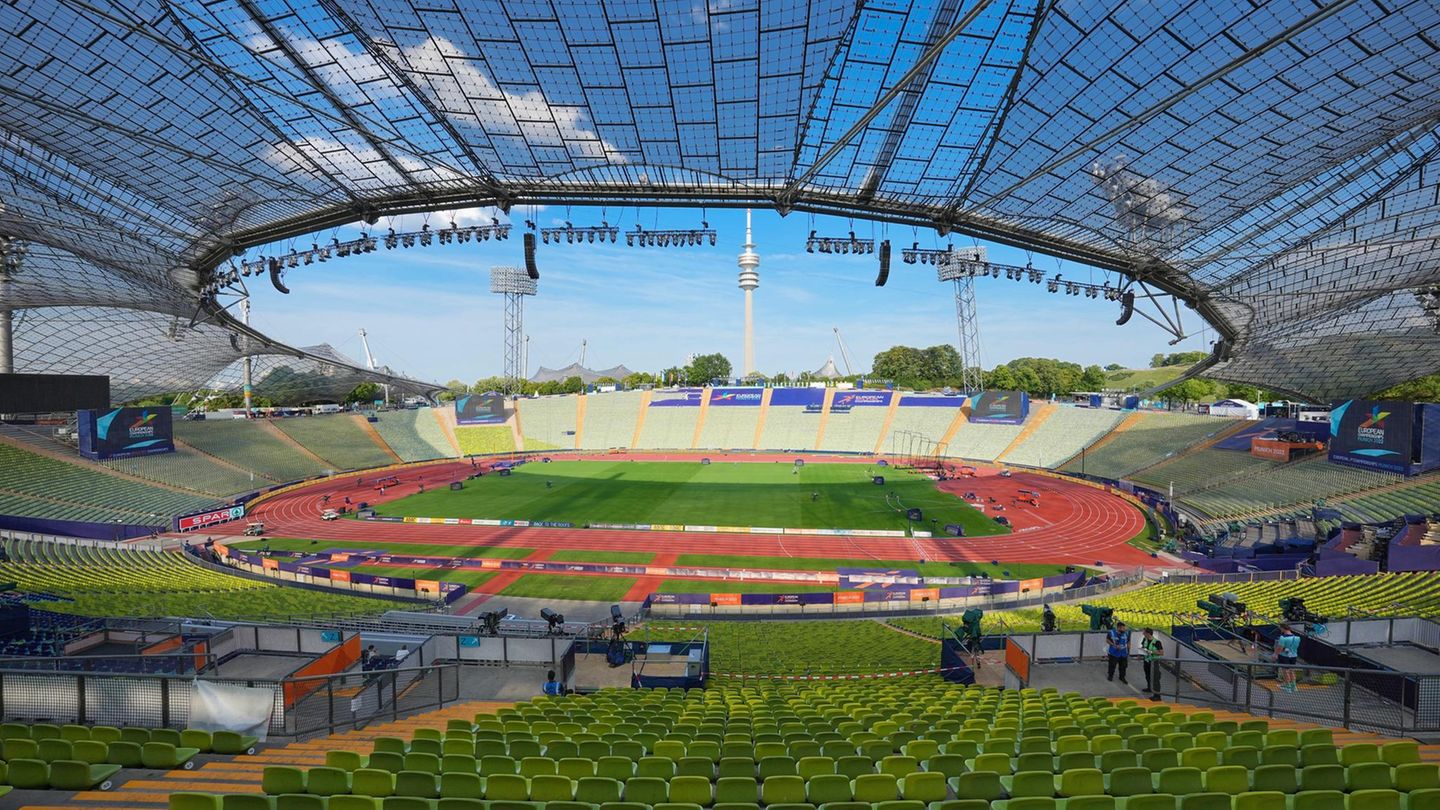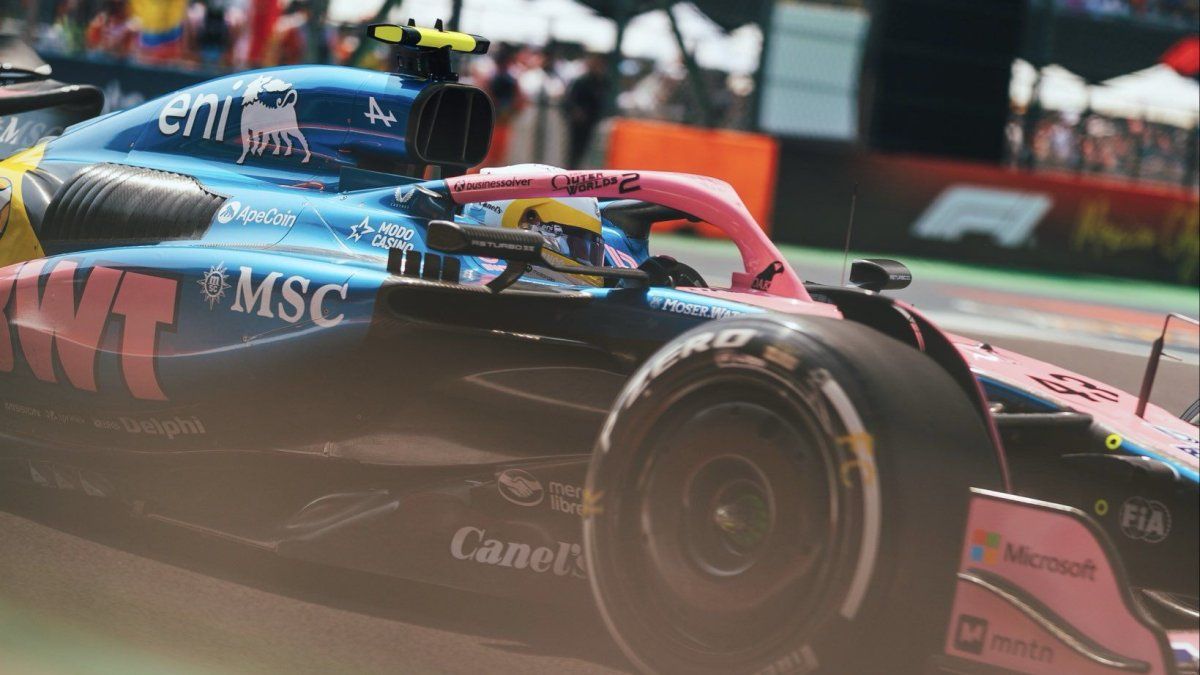The stock was, for more than a decade, a silent (already noisy) protagonist of our economy. Its extinction does not mean that now everything will be simple, but it does open the door to a more transparent system, where The currency can begin to recover some of the lost trust.
In this new context, a flotation scheme administered with exchange bands was defined: a floor at $ 1,000 and a roof at $ 1,400. Initially, the market believed that the exchange rate was going to point to the ceiling, as a sign of lack of control. But the opposite happened: the prominence turned to the lower band. The dollar opened at $ 1,250 and quickly reached a minimum of $ 1,090 in the first days.
From my point of view, there are actors encouraged to sell dollars near the ceiling ($ 1,300/$ 1,400) and others willing to buy in the low zone ($ 1,000/$ 1,100). That tension between buying forces and sellers is the one that ends up determining the reference value. In addition, knowing that the BCRA will only intervene buying if the $ 1,000 floor is touched, the market itself seems to be self -regulated: If we all know that at $ 1,000 the BCRA is going to buy, many will anticipate buying at $ 1,050 or more, to earn the central itself. This dynamic generates, in practice, a kind of “self -fulfilling prophecy” that supports the dollar in a more intermediate area.
In this last week of April, we saw a rebound from $ 1,090 to $ 1,200, and I think that value is more logical in this context. There are reservations in the BCRA, fire power to intervene is not missing. And we are also in full harvest time, with exporters liquidating currencies. All this helps sustain calm.
New economic scenario: investment strategies
In this new context, you start talking a lot about “Carry Trade”. What is this? Basically, it consists of taking advantage of high local interest rates to invest in pesos and then, later, change those pesos for dollars to a more favorable exchange rate. It works if the rate you charge in pesos exceeds the expected devaluation of the dollar. That is, if the exchange rate remains “calm”, you win.
Now, this sounds tempting, but eye: It is a speculative strategy. And like any short -term bet, it is not for anyone. It requires to understand the risks well and have reaction capacity to sudden changes. Because if the dollar escapes or the rate changes, the gain can evaporate in a matter of days.
Therefore, beyond the “Carry”, the important thing is to return to the axis: Are we investing or are we betting? The difference is huge. Investing has to do with building, with long -term project. Betting has to do with guessing what will happen tomorrow. The first requires constancy. The second, luck.
This new economic scenario invites us to think of stronger strategies. Invest in diversified instruments, tied to inflation or dollar, search for common funds or yield, and maintain a long -term vision. Because what is worth not only to take advantage of the moment, but to stay on the road.
The Argentine economy begins a new stage. And as always, beyond political or monetary changes, the best decisions remain the ones we take with information, patience and coherence.
* Director of Guardian Capital
Source: Ambito
David William is a talented author who has made a name for himself in the world of writing. He is a professional author who writes on a wide range of topics, from general interest to opinion news. David is currently working as a writer at 24 hours worlds where he brings his unique perspective and in-depth research to his articles, making them both informative and engaging.




